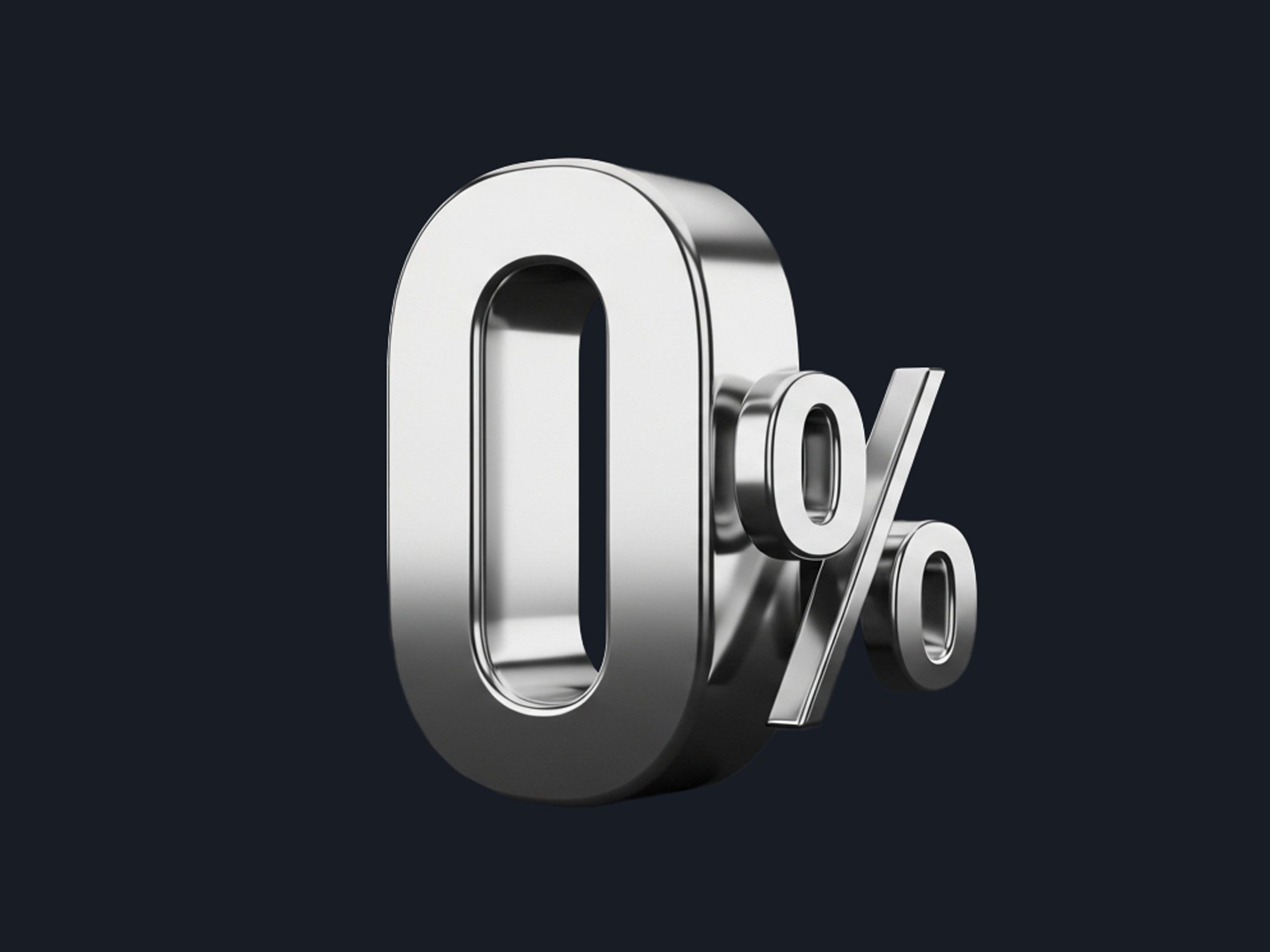
Quick summary
- The relationship between risk and return is fundamental; bigger rewards often carry higher risk, but a smart approach aims for the best possible return at an acceptable level of risk.
- Analytical tools such as the Sharpe ratio and Roy’s safety-first criterion are invaluable for evaluating the risk-reward profile of various investments.
- Diversification remains a cornerstone of risk management in trading—it helps smooth out the impact of individual losses by spreading your exposure.
- Timelines and clear exit strategies, especially through tools like stop-losses, protect capital and help traders stick to their plan.
- Modern portfolio theory highlights the benefits of holding uncorrelated assets, offering greater returns for less risk.
- Advanced methods like Value at Risk (VaR) and Monte Carlo simulations enable better forecasting and preparedness for different market scenarios.
- Effective risk management strategies require discipline, patience, and ongoing learning—higher returns should never come at the cost of unmanaged risk.
Understanding the risk and return concept
Risk is the element of uncertainty—the chance that an investment won’t perform as expected. Reward (or return) is what you earn for taking that chance. The relationship between the two, known as the risk and return concept, sits at the heart of all trading decisions.
Should you always go big for bigger wins? Absolutely not. The most consistent traders focus on risk management in trading—aiming not for jackpot returns, but for steady, controlled growth. Below, we’ll look at 5 proven risk management strategies for balancing risk and reward.
Why is risk and reward important for traders in the UAE?
Risk and reward considerations are critical for UAE traders due to specific economic, regulatory, and cultural factors. The UAE offers access to a wide array of financial instruments—including equities, currencies, and commodities—each with its own risk-return profile. UAE traders must also consider Sharia-compliance, as many choose swap free trading accounts that eliminate overnight interest charges in line with Islamic finance principles.
How to calculate risk and reward in trading
Calculating risk and reward means quantifying the potential gain against the possible loss of a trade. This helps traders to decide if the trade is worth taking. Here’s how you can do it:
- Identify your entry, stop-loss, and target levels
- Entry price: The price at which you plan to enter the trade
- Stop-loss: The price at which you’ll exit if the market moves against you, limiting your loss
- Target price: The level where you plan to take your profit
- Calculate the risk:
Risk = Entry Price – Stop-loss Price (for a long/“buy” trade) - Calculate the reward:
Reward = Target Price – Entry Price (for a long/“buy” trade) - Determine the risk/reward ratio:
Risk/Reward Ratio = Potential Risk ÷ Potential Reward
For many traders, especially those holding positions overnight or longer, swap fees (also known as rollover fees) are an important consideration. These are charges (or sometimes credits) applied to positions that are held open overnight. Swap fees can be positive or negative, depending on the interest rate differential of the currencies or instruments involved. Thereby, it is important to consider that the presence of overnight swap fees may increase your potential loss (risk) or reduce your profit (reward) with each additional day you keep a trade open.
For UAE residents seeking Sharia-compliant methods, using swap free trading accounts allows you to calculate risk and reward without the influence of overnight swap fees, streamlining compliance with religious beliefs and providing clarity in your calculations.
Best practices for risk management in trading
1. Put the numbers to work: Sharpe Ratio & Roy’s Safety-First Rule
Tools like the Sharpe ratio show you how much extra return your investment gives for every unit of risk taken; a higher ratio means a better deal.
Roy’s safety-first criterion helps you identify investments most likely to achieve your minimum target return, helping you rank options based on risk and return analysis.
2. Diversification: Spread your bets
Classic advice for a reason, diversification involves placing your investments across varied assets. By not concentrating your capital in one area, a loss in one holding doesn’t ruin your entire portfolio.
3. Get the timing right: Define your exit point
How long you plan to keep an investment—and when you’ll cash out—matters greatly. Those with longer horizons can weather volatility, while short-term traders should use stop-loss orders or similar tools to cap losses and secure gains.
4. Embrace Modern Portfolio Theory (MPT)
MPT, a standard in professional investing, suggests that combining assets with different risk profiles and returns can give you a smoother ride overall. Mixing investments that don’t all move in the same direction can help minimise losses and stabilise returns.
- Value at Risk (VaR) estimates how much you might lose over a set period, based on real data.
- Monte Carlo simulations allow you to test thousands of “what if” scenarios, so you can see how your portfolio might react to various market outcomes.
Final Thoughts: Mastering Risk and Reward
While high returns are tempting, smart trading always starts with a clear-eyed assessment of risk. Balancing these two elements is less about luck and more about method—using sound analysis, robust risk management strategies, and a willingness to adapt.
Ready to put your risk and reward knowledge into practice? Open a free demo account with Deriv to try out these strategies with no financial risk. Or, sharpen your approach further with our in-depth courses at Deriv Academy.
Quiz
Which of the following is typically a high-risk, high-reward investment?





.jpg)










